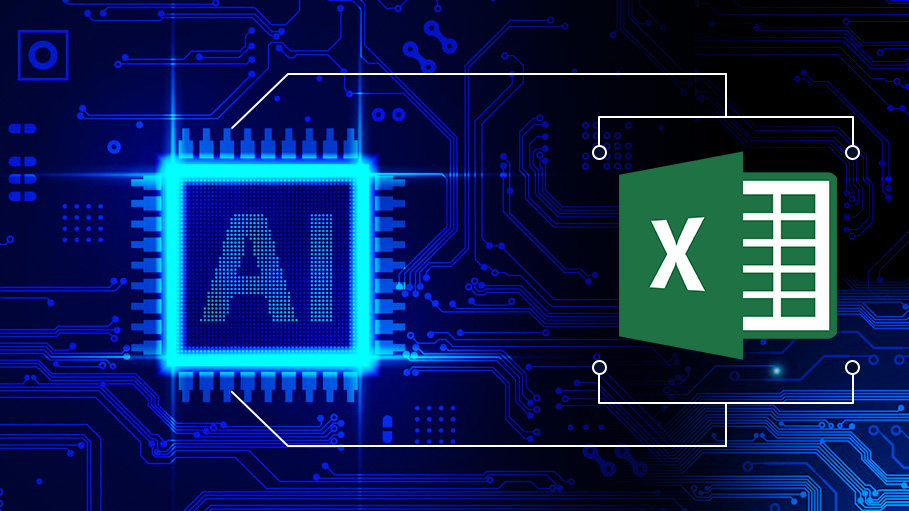
Microsoft is integrating generative artificial intelligence technologies, including the popular ChatGPT chatting app, into its Microsoft 365 suite of business software.
The enterprise technology giant announced on Thursday that the new A.I. features, named Copilot, will be available in some of the company’s most popular business apps, such as Word, PowerPoint, and Excel.
The Copilot technology is built upon a type of artificial intelligence software known as a large language model, or LLM. In recent years, researchers have enhanced the capabilities of LLMs to better understand and respond to text.
The technology industry has been fascinated by the rise of generative artificial intelligence technologies, exemplified by LLMs that can perform tasks like creating images based on written prompts and engaging in extended conversations with people via chat interfaces.
“Today marks the next major step in the evolution of how we interact with computing, which will fundamentally change the way we work and unlock a new wave of productivity growth,” said Microsoft CEO Satya Nadella in a statement. “With our new copilot for work, we’re giving people more agency and making technology more accessible through the most universal interface — natural language.”
Microsoft positions the Copilot features as more powerful than merely being “OpenAI’s ChatGPT embedded into Microsoft 365,” emphasizing that the Copilot in Word feature provides a “first draft to edit and iterate on — saving hours in writing, sourcing, and editing time.”
However, Microsoft acknowledges that “sometimes Copilot will be right, other times usefully wrong,” recognizing the occasional inaccuracies in current LLM technology. For instance, the company’s recent debut of a new generative AI-powered Bing chat tool sometimes produced responses containing factual inaccuracies and occasionally eerie dialogue.
Microsoft executives demonstrated some of the capabilities of its Copilot tool on Thursday during an online presentation.
Family members can more quickly create celebration plans and generate accompanying PowerPoint slides that use imagery from a person’s Microsoft OneDrive storage account for compelling visuals. Business leaders can more easily create emails and send business proposals using the new tools, Microsoft said.
Jared Spataro, a Microsoft corporate vice president of modern work and business applications, said Copilot can scan and take actions based on all the data from the Microsoft Graph, which stores content such as emails, file meetings, chats, and calendar notes. This Microsoft Graph data helps make Copilot’s underlying large language model generate more specific and improved responses tailored to an individual.
Microsoft did not specify when the new AI copilot features would debut and what the pricing would be, only stating that “in the months ahead, we’re bringing Copilot to all our productivity apps—Word, Excel, PowerPoint, Outlook, Teams, Viva, Power Platform, and more.”
The company added that it’s testing Copilot “with a small group of customers to get feedback and improve our models as we scale,” but did not disclose the name of the customers testing the software. A Microsoft spokesperson added in an email that the company “is testing Copilot with 20 customers, including eight in the Fortune 500.”
Jaime Teevan, a chief scientist and technical fellow at Microsoft, said Copilot passed several privacy checks and has “mitigations in place” in case the software “gets things wrong or has biases or is misused.”
“We’re going to make mistakes, but when we do, we’ll address them quickly,” Teevan said.
Much of the excitement over generative AI is due to the seemingly overnight success of the ChatGPT tool, released by the Microsoft-backed AI firm OpenAI in late November.
Microsoft announced in January that it would provide OpenAI a multiyear and multibillion-dollar investment, but did not disclose the precise figure.
In February, Microsoft debuted a new version of its Bing search engine that included a chatbot powered by OpenAI’s GPT-4 language technology.
OpenAI publicly revealed its GPT-4 software earlier this week, pitching the technology as a significant improvement over its predecessor, GPT-3, capable of producing more creative and accurate text responses.